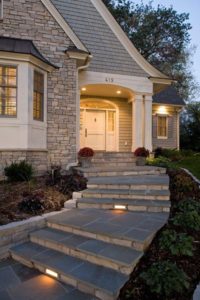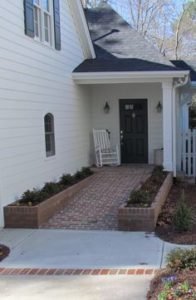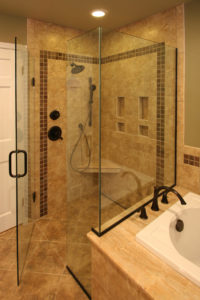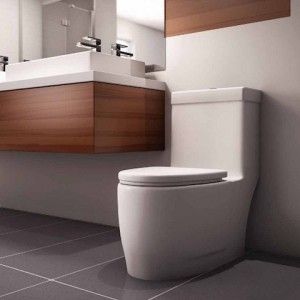It astounds us here at Miss M Design how people still don’t see the importance of accessible homes.
In fact, we get the feeling that some people are really against them.
I’ve read comments like ‘Gimping your house with ramps and rails will decrease the selling price and limit the buyer pool’. And ‘No thanks, not gonna retro fit my house at the cost of $1000s of dollars for something that will lower the property value…’ and finally ‘But just bear in mind that you would ONLY be targeting a miniscule share of the market’.
So, let’s address those comments….
Population Numbers
Today 3.8 million Canadian adults report living with a disability. In the next 20 years, this number is expected to reach almost nine million. Does that sound like a limited buyer pool or miniscule share of the market?
This above number also doesn’t include people who have had (or will have) temporary, yet severe injuries to their bodies received at work or at play, or who are laid up at home recovering from surgery, or are yet to throw their back out, or have a life-changing stroke. I’m pretty sure we’ve all known someone who’s fallen into at least one of those categories. Miss M has personally experienced 3 of these.
Who Does Accessible Design Benefit?
It benefits everyone, at every age.
No matter who you are.
For example, a step-less 36”/91cm wide entry will be just as welcome when:
- pushing a baby stroller through
- arriving home with an arm-load of grocery bags
- rolling through in a wheelchair
- riding through on a tricycle
- hobbling through on crutches
- delivering large appliances
- moving house
Which of these entries is more appealing for a wide range of physical abilities?
OR
Would this shower put you off buying the house?
Or
This toilet?
By the way, the last 3 above images are all representative of accessible design and we think they would all be welcome in your home.
How Much Does Accessibility Cost?
According to SAFERhome, in Sept. 2017 it would cost approximately $500-$1,000 in additional expenses to incorporate their 15-point standards, when building a new home. If you were to wait for a few years and have to retro-fit accessibility into your home, you could be spending up to $100, 000. Note: These standards are applied to structural elements of a home such as door thresholds, door widths, plumbing, electrical, etc. They ensure that the building structure of the house will be accessible to all occupants with a range of physical needs.
Accessible Design Increases Property Value
Jeffrey Kerr, a realtor who specializes in accessible real estate,says ‘accessibility modifications will maintain value and actually increase it to the right buyer’. Good design always adds value to any house and accessible homes have usually had thought put into them and are professionally designed. Things like walk-in showers, pull-out kitchen drawers, and comfort-height toilet seats are things that buyers expect as standard features these days, and they all help to make a home accessible.
Action Plan
Given that 1,000 Canadians a day turn 65, don’t you think it’s about time we started giving accessible homes some serious consideration?





